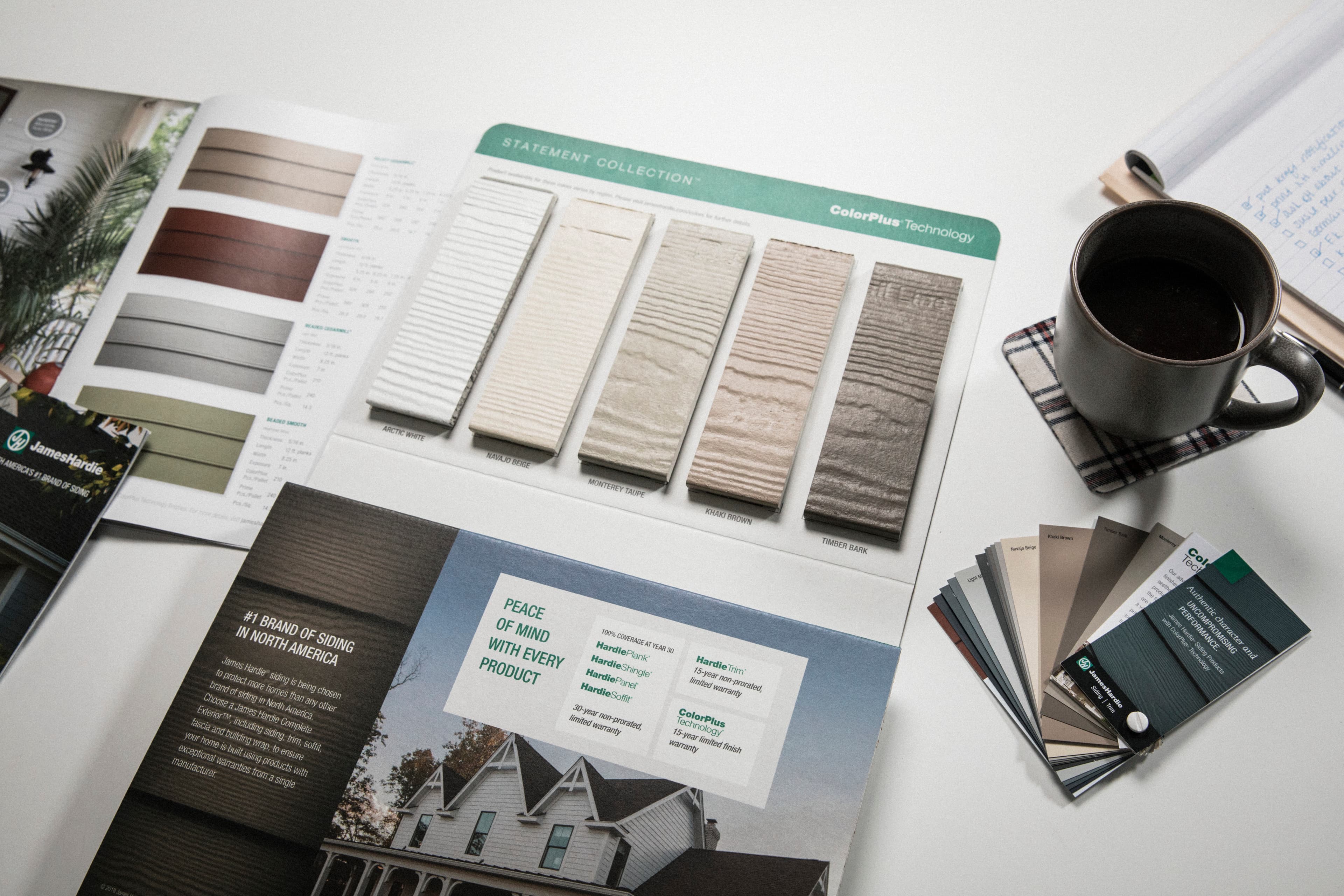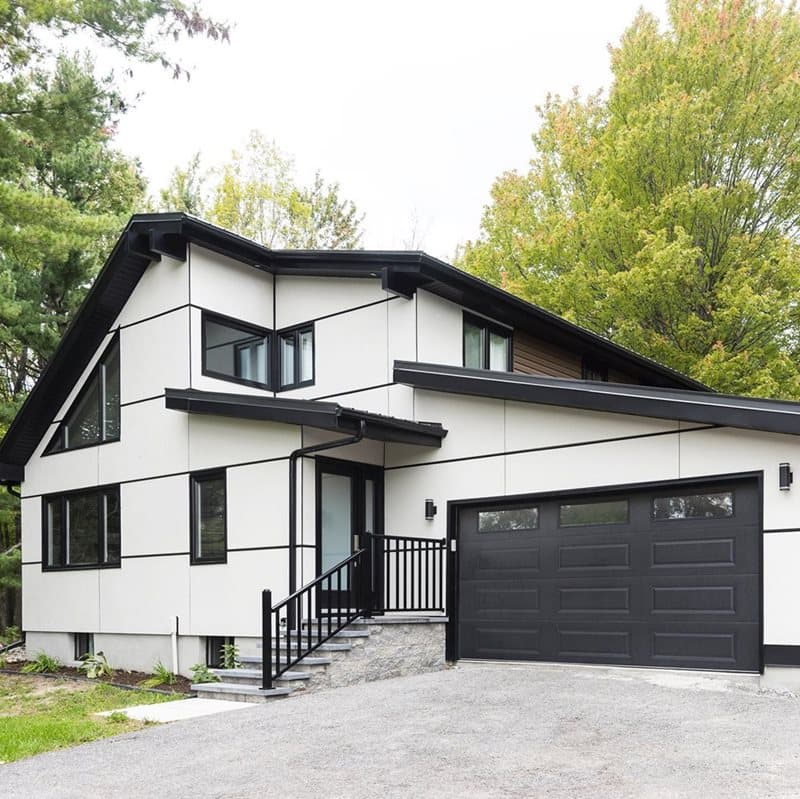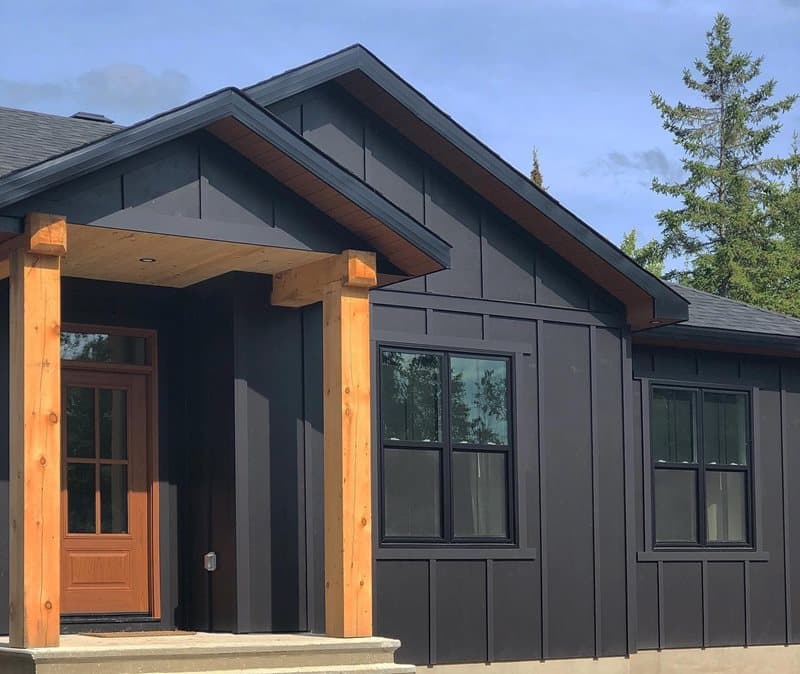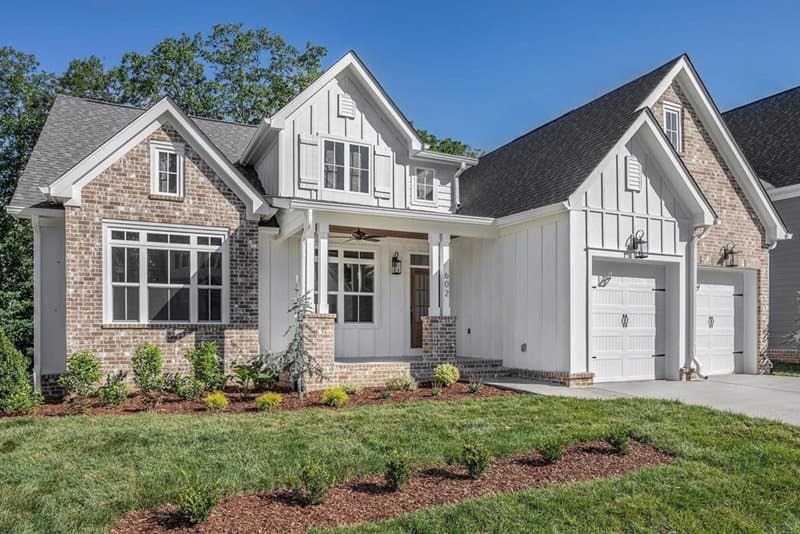Key steps for designing your dream house
Creating your dream home is your chance to bring your ideas and vision to life. Here are five expert tips to help you and your design team get on the same page.

Creating your dream home is your chance to bring your ideas and vision to life. Along the way, you’ll need to make decisions on an incredible number of details – everything from faucets and fixtures to siding and windows.
Your home designer can be your guide through this process. But, before you can unpack and settle into your dream home, you’ll need to clearly articulate your desires to your designer. The less your vision gets lost in translation, the more satisfied you will be with your finished home.
There’s plenty you can do to start thinking about your dream design and prepare for the initial meeting. Here are five expert tips to help you and your design team get on the same page.
1. Communicate with your partner
If you have a partner or spouse, a great way to prepare for candid talks with your designer is to first talk to each other about your individual expectations. This would include:
- Figuring out your budget – plan to have a specific, realistic range.
- Creating a list of must-haves, would-likes, if-we-cans, and never-evers.
- Discussing essential questions, such as “What are we building?”, “Why are we building it?”, and “How would we describe our perfect style?”
“The goal is to come to the initial consultation with a clear, shared vision in mind. The more consensus you have, the better. You don’t need to come with a complete color palette, but discussing fundamental questions about your home will help make the process more efficient and less stressful – and that ends up making it more fun,” says Elyse McCurdy of Elyse McCurdy Home Designs.
2. How can your home reflect your lifestyle?
In the days or weeks leading up to your first meeting, start writing down specific words, styles, and desires you have for your new home. Be as detailed, descriptive, and focused as possible.
This will help you organize your thoughts for the meeting. When the day arrives, you should feel free to talk a lot — not only about your new home, but about your life and plans for the future.
“I want to hear about your lifestyle. I want to hear adjectives that help explain you, what you want your home to feel like, and what you want it to look like from the curb,” says Piper Stromatt, director of design, founder, and partner at Boutique Living by Curate.
As you talk, keep in mind that your designer is taking notes — picking up on the keywords and clues they will use to build plans.
McCurdy encourages her clients to share details including how often they entertain, whether they have or plan to start a family, and information about their jobs — all of these details ladder up to the bigger design picture.
In other words: If it’s significant to your life, it will be significant to your home design.

3. List what you don't currently like about your home
It’s not always about what you want — what you don’t want can be equally helpful. Make sure to also write down or voice your deal breakers for your new home and the things that you really don’t like about your current one.
Your designer won’t think you’re complaining. They’ll be devising ways to improve the plans for your dream home.
“Your designer is coming in with fresh eyes and can see opportunities you maybe don’t see,” McCurdy said. “We’re problem solvers and can help you put the puzzle together.”

4. Think about the outside as much as the inside
As you brainstorm, your designer will also consider how your home’s interior will balance with the exterior, and vice versa. This will help you create an overall look and avoid mismatches. A log cabin interior, for example, doesn’t exactly go with a modern farmhouse exterior.
“To start designing, I usually ask clients to describe their perfect interior,” Stromatt said. “If they tell me they want a mountain-esque interior aesthetic, the next question is if that’s what they want the outside to look like as well. That will dictate the colors we use on the outside, the orientation of the siding, the exterior materials we use, and the proportion values on the exterior.”
Don’t worry if you don’t know what specific kind of material will go on the outside of your house – rely on the expert advice of your designer.
“We always suggest materials not just for aesthetics but for durability, low maintenance, overall moisture resistance, and lifetime impact,” Stromatt says, adding that one of her preferred exterior materials is Hardie® fiber cement siding.

5. Get creative with your inspirational images
To help your designer fine-tune your plans, be sure to share all the inspirational images you’ve collected. Don’t feel limited to photos of whole homes – save all types of photos, says Stromatt.
“Inspiration can come from anywhere. It can be a place you fell in love with or an object that just speaks to you. Architecturally, it can be a gable, a window, the trim around a particular window, or a certain style of siding,” Stromatt said. “Every image you can give us will help us better understand your style.”